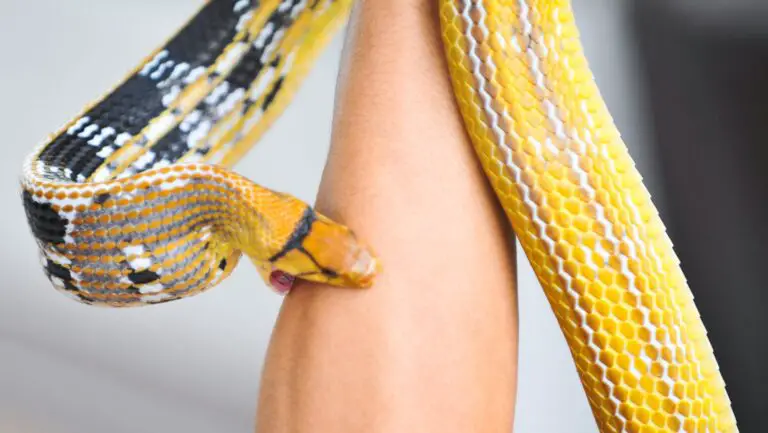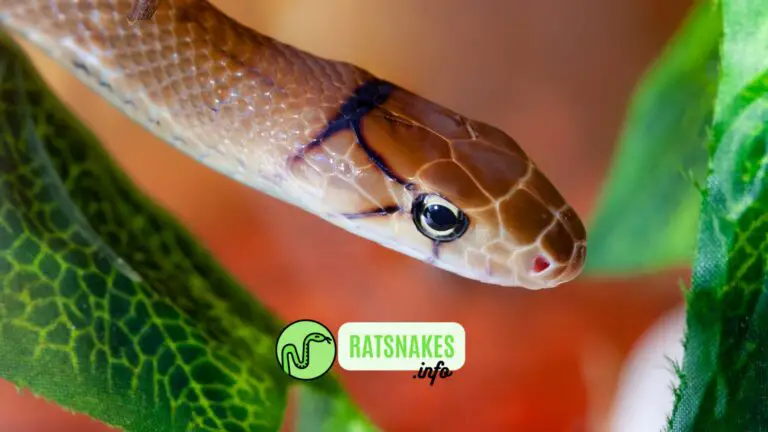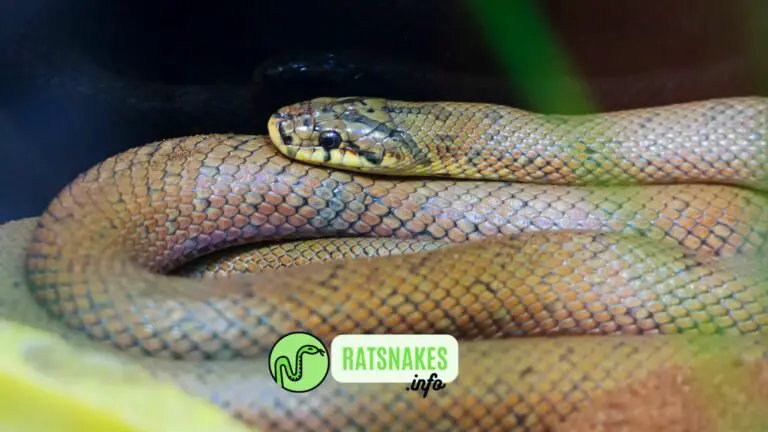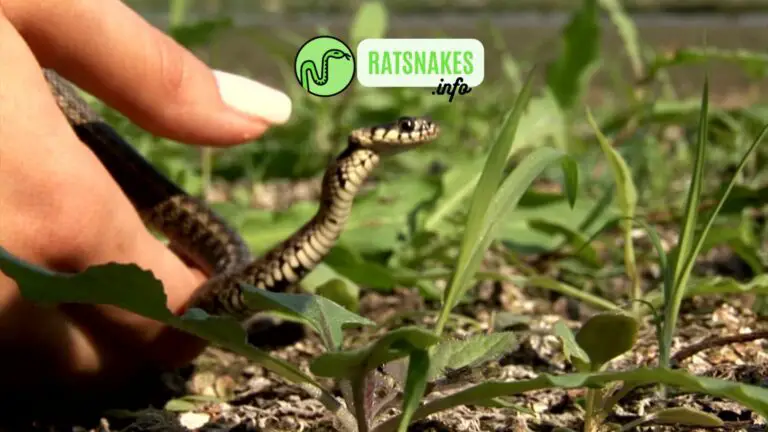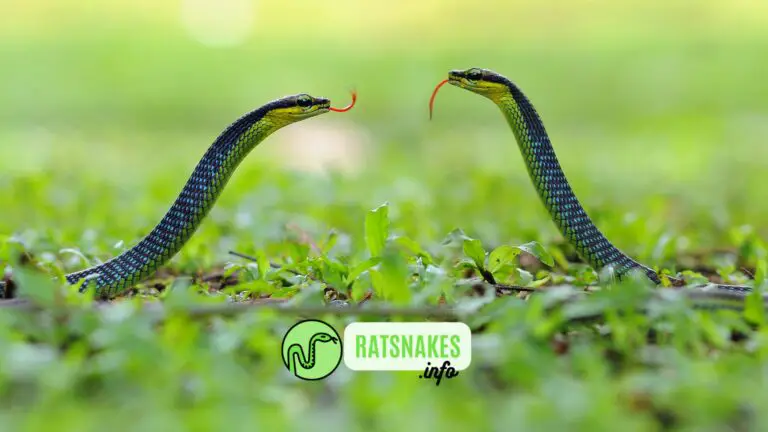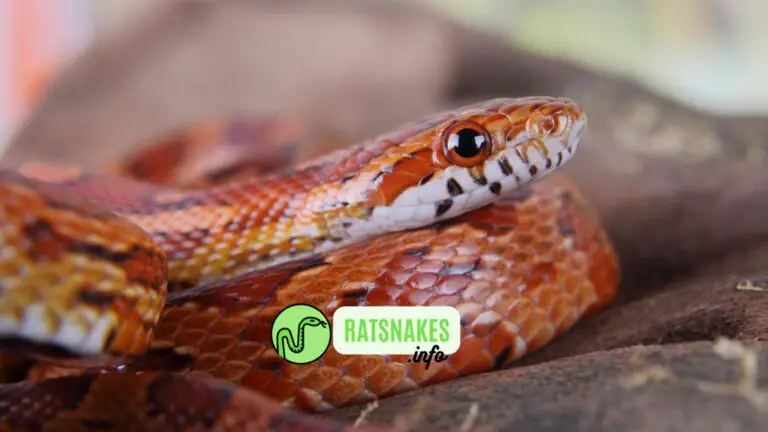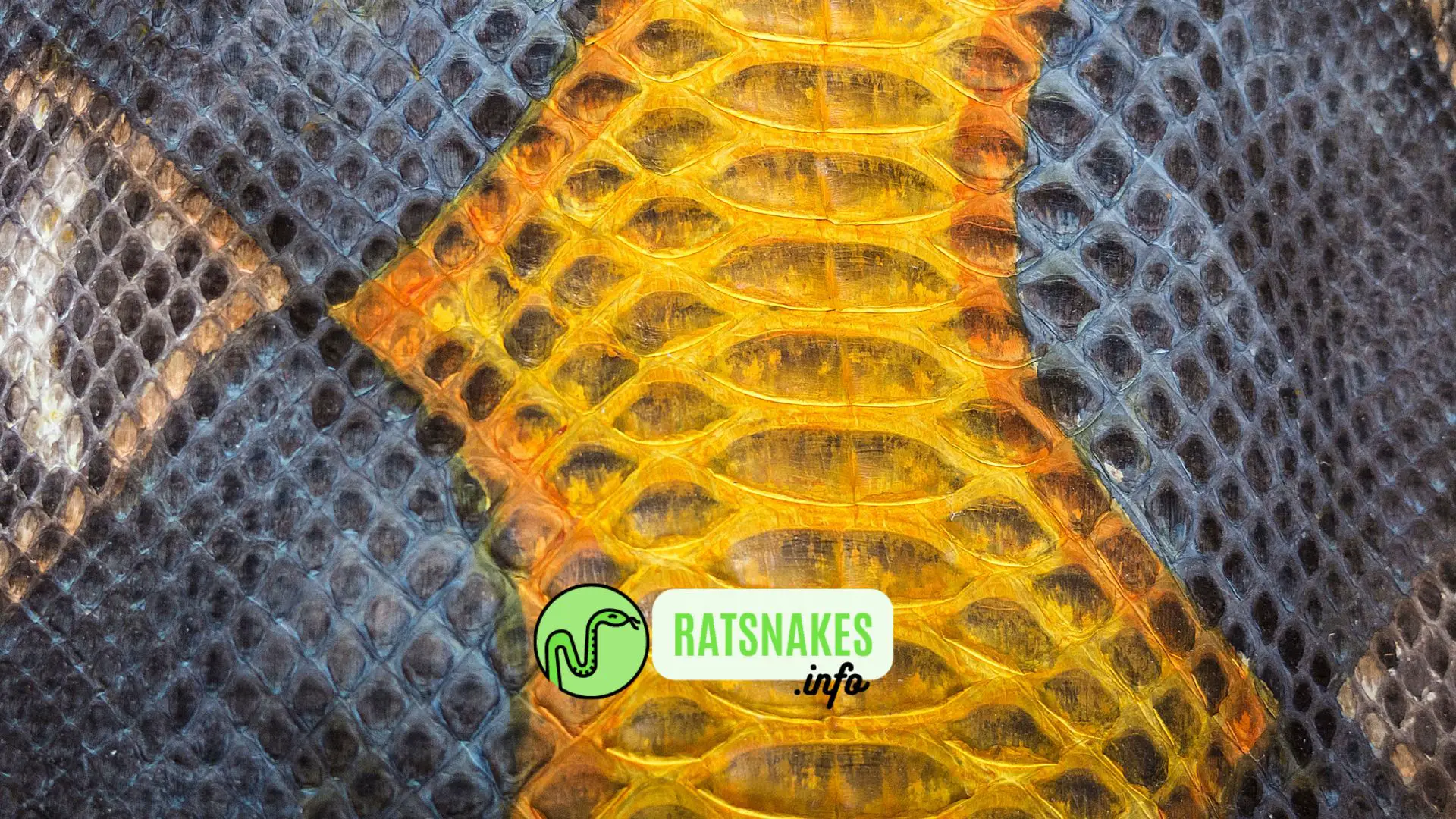
Most hobbyists would find the idea of skinning their pet that had died totally unacceptable, and would prefer to bury it in the garden or dispose of it in some other way. But a properly prepared skin can be a beautiful reminder of a much loved pet, or rare specimen. This is the method I have successfully used in the past to preserve skins after reading the article by Fred parkyn in the references some 20 years ago. Other somewhat simpler methods can be used but as I havn’t used them I can’t comment on the longevity and quality of the skin afterwards. I know the method outlined below does work and that skins 15 years later are still supple and in good condition.
Home tanning is not expensive to do, and most ingredients needed can be brought cheaply or you might already have some to hand.
For Skinning
A sharp knife / scalpel or Stanley Knife
pair small scissors (optional)
Sheet of polythene
Kitchen towels
Washing up liquid
Felt Tip Pen
Latex Gloves
Refuge bags.
For Tanning
.225L 40% Formaldehyde (Formalin) *
bar Laundry Soap
.275L Olive Oil
Sturdy Plastic bucket with lid
Drawing pins
A board as little longer than the snake.
Cheese Grater
Wooden Spoon
Latex Gloves
Once you have all the bits together to start, make sure you also have the time, as the skinning process can be somewhat lengthy.
Lay the polythene sheet out over a table and place the dead snake upside down on the table, with a felt tip pen draw a line down the center of the ventral scales from the head to the tail, take your time as this will give you a guide to begin cutting, the straighter the line the better the finished skin will look.
Make an incision a few inches past the head, you don’t have to cut deep as your only wanting to seperate the skin. Be prepared and have the kitchen roll at hand as large snakes or those that have recently died may bleed quite alot. Work downwards towards the tail, cutting through the skin, until you reach the vent. Now the tail can be a little tricky because of the amount of bone near the surface, so be very careful. You might find this step to be easier and have more control if you use a pair of small scissors.
With the tail now finished, return to your starting point and gently tease the skin away from the body, cutting through the sinews and fat, a few inches in at a time and working downwards. Then return to your starting point again and tease the skin away from the other side and begin small slicing downwards a few inches in (pretty much like you would skin a fish when preparing it for dinner)once the tail has been reached again, return to the starting point and carry on until you have worked your way all round the snake and the skin is free from the body. It takes alot of concentration and time as to not accidentally cut through the skin and spoil it.
The head is the most difficult to do, and if you have a finer blade handy it might be an idea to change to that now, but it’s not necessary if you work slowly.
With the snake still upside down cut down your line to the center of the lip, now begin working along the lips and jaw. Now the really tricky bit, working backwards towards the tail over the head and around the eyes, there isn’t much skin and muscle here so your working very close and it is very easy to slice through the head.
With the whole skin now off, dispose of the body by wrapping it up well and putting it in a refuse sack ready to take to the incinerator. Wipe the plastic sheet down with the kitchen roll and then lay the skin out to check that it is clean, you will probably have some flesh left on it, which now has to be removed, the inside of the skin should be clean and look scaley like a fish skin before it can be tanned.
The skinning process can take as long as 3-4 hours for a medium sized colubrid and as many as 10 for a large boid.
Wash the skin in warm soapy water to remove any blood and remnants of flesh etc, and pat dry with kitchen roll.
The Tanning process
Make up the formaldehyde solution. In the plastic bucket add 100ml 40% Formaldehyde * (chemists usually stock 100% so you will have to water this down before hand) to every 3L of water. Add the skin to the solution and place the lid on and leave for 12 hours making sure it is totally submerged. It might be an idea to move it to a garage, out building or spare room as the fumes can be dangerous.
After 12 hours warm the formaledehyde/water solution up to 38C / 100F and leave for a further four hours before rinsing well will clean water.
The soaking will have removed alot of the natural oils from the skin and these now need to be added back otherwise when dry it will begin to crack.
In the bin that you used for the formaledyde process which has now been thouroughly washed, add a ketle full of hot water and grate the bar of laundry soap into it, stir the mixture to help dissolve the soap. Once the soap has dissolved and the water has cooled add the olive oil and give it a good stir. Put the skin in the bucket making sure its fully submerged then leave for a further 12 hours.
You are now ready to pin the skin out on to a board, flesh side out, you want to stretch it so it doesn’t shrink as it dries out and use as many pins as possible to keep it in the right shape.
For the next two weeks you are going to have to oil the skin with the mixture in the bucket, adding oil daily or when a portion dries out. This is important so the skin remains supple. You want the skin to remain moist throughout the next 14 days.
After this period, unpin the skin and give it a wash in some warm water that a small amount of washing up liquid has been added, pat dry with a towel. The final stage although not necessary but does give it a nice feel and helps to protect the skin is to give it a layer of ‘Dubbin’ which you can buy from an esquarian suppliers on the flesh side and leave this in place for a week. Then wipe it off just leaving a very slight film.
You now either loosely roll the skin up and store it or display it on a wall. I once made a shelf to display a Fox Snakeskin, by simply routing out a section in the middle of a shelf laying the skin in that then placing a sheet of toughened glass over that top of that in the recess, made for a really nice display and talking point, if not a little macarbe.
References
Removing Skin (Leather) from Dead Snakes and Home Tanning of Snake leather. Fred Parkyn. Snake Keeper April 1988.
Further Reading and other methods
http://www.thetanneryinc.com/snakeskin.html
http://www.hidetanning.net/SnakeSkinningIllustrated.html (graphic pictures that might be disturbing)

